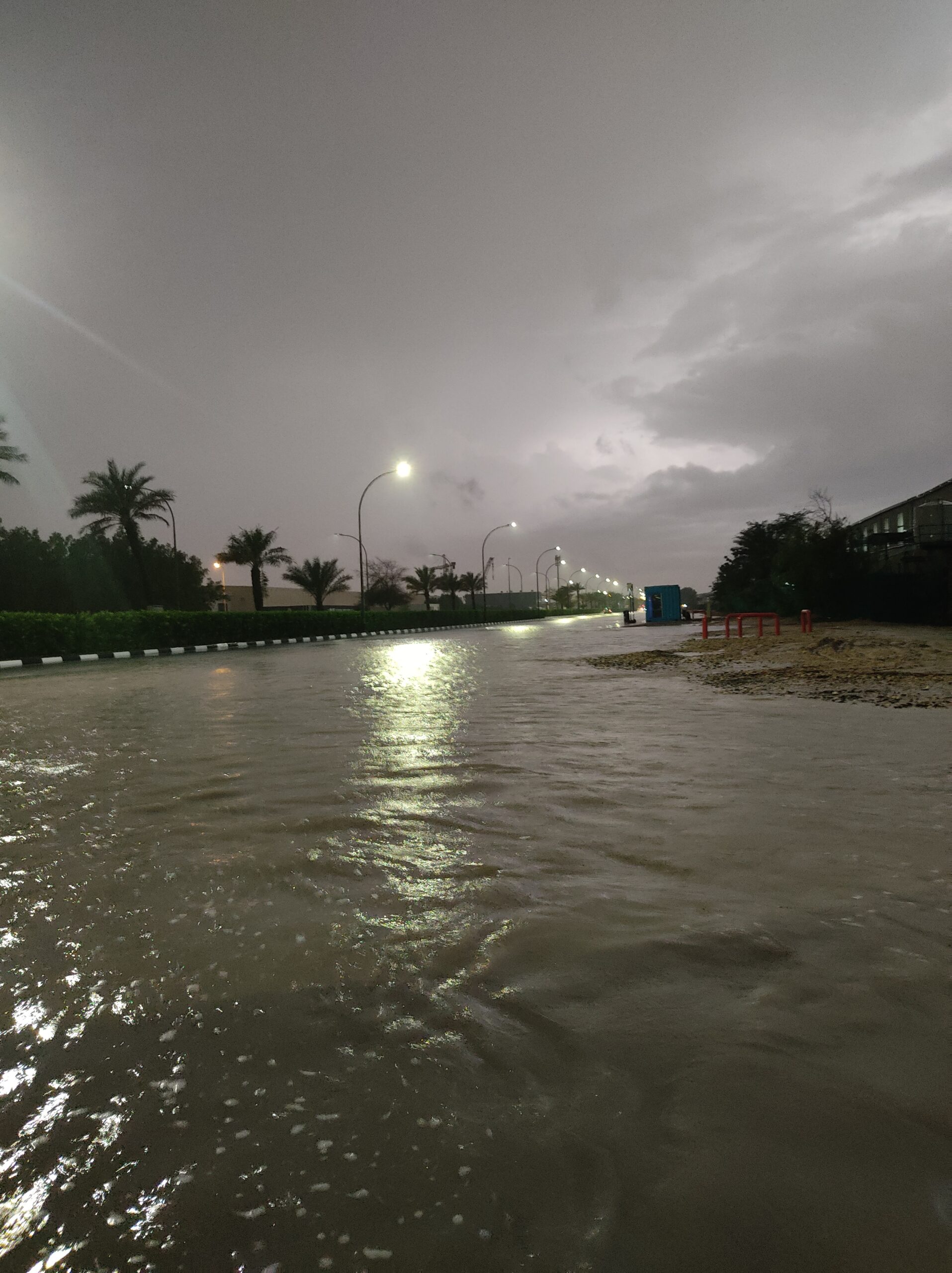Media: Climate Change Caused Dubai Floods, Not Cloud Seeding

Record levels of precipitation have flooded areas across Dubai and surrounding regions of the Middle East in recent days, leaving dozens dead and causing widespread flooding.
The devastating downpour has sparked new concerns about a controversial practice known as “cloud seeding,” leaving some skeptics to wonder if the catastrophic weather was actually a natural disaster at all.
Reports indicate that in the days leading up to the torrential rainfall, the United Arab Emirates had engaged in cloud-seeding projects, which often involve dropping small particles such as silver iodide or potassium chloride into clouds in order to help water vapor condense and create additional precipitation.
That apparent correlation fueled theories about the potential dangers of geoengineering efforts like cloud seeding, and even some experts saw the Dubai floods as a warning sign. The government denied that cloud seeding was a factor, however, and a flurry of mainstream news reports soon surfaced with the common goal of rejecting any such connection between these programs and the massive rainfall.
As with virtually any weather-related anomaly, talking heads were eager to blame the rainfall on climate change.
“We know that man-made climate change increases extreme rainfall — this is well understood physics as warm air holds more water,” claimed University of Leeds professor John Marsham. “A rainfall event such as the one that caused the Dubai floods, which covered a large area and where over Dubai a year’s worth of rain fell in one day, cannot happen without large-scale weather conditions driving enormous convergence of water vapor in the atmosphere and so extreme rainfall. Any possible effect of any cloud seeding in these circumstances would be tiny.”
Imperial College of London’s Friederike Otto, a frequently cited source on stories related to climate change, insisted that it was “misleading” to suggest that cloud seeding had any significant role in the flooding.
“Rainfall is becoming much heavier around the world as the climate warms because a warmer atmosphere can hold more moisture,” he insisted. “Rainfall from thunderstorms, like the ones seen in UAE in recent days, sees a particular strong increase with warming. This is because convection, which is the strong updraft in thunderstorms, strengthens in a warmer world.”
























